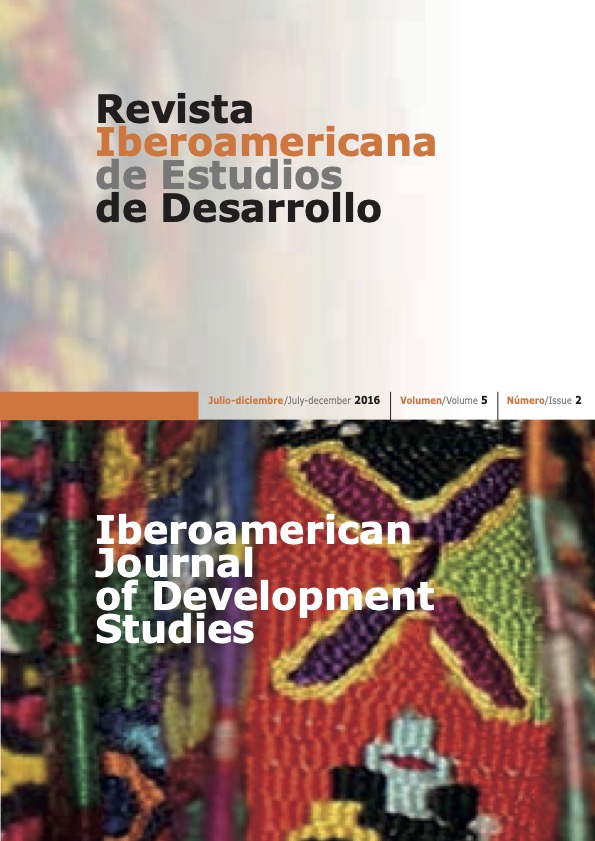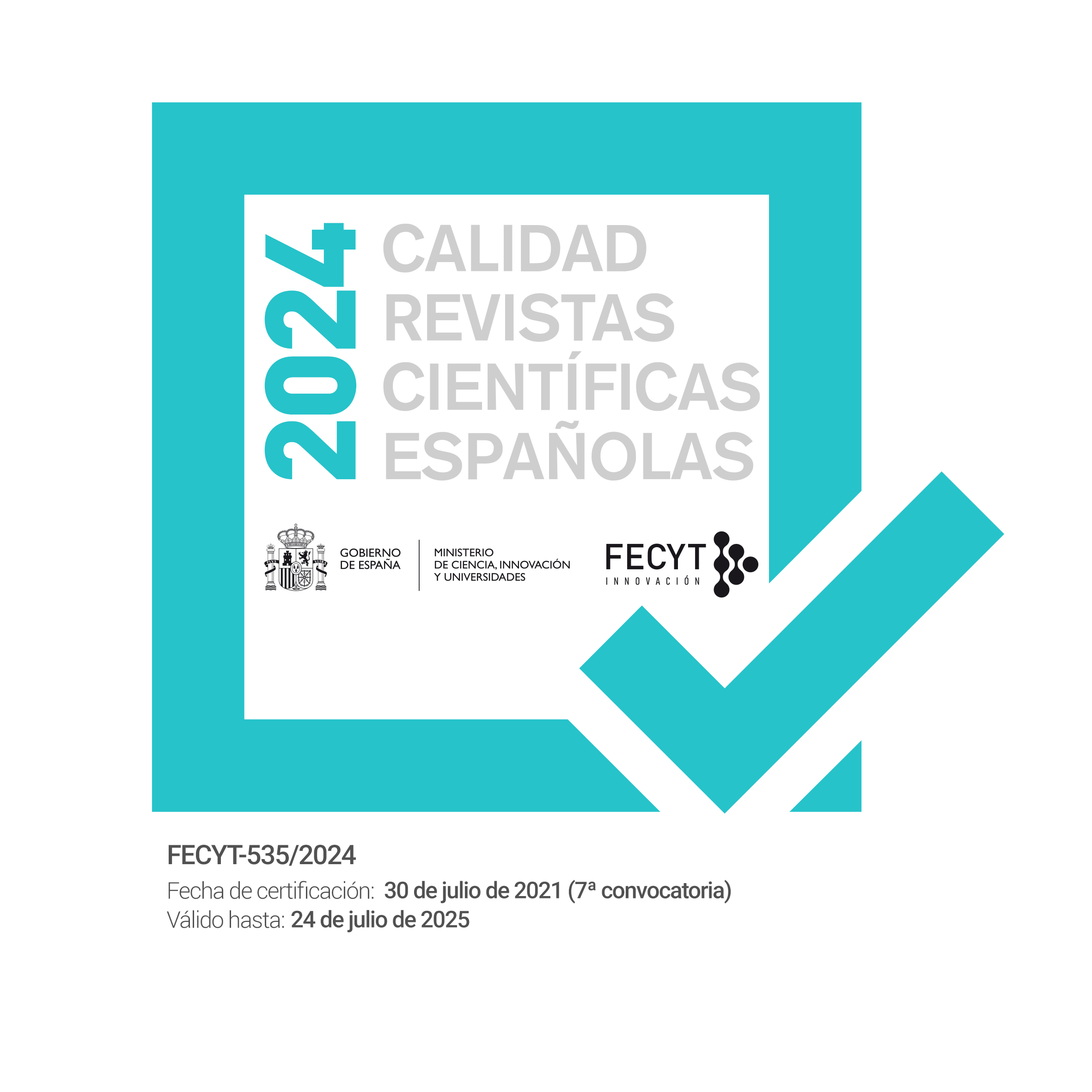Asymmetries and intensity of integration of The Caribbean
DOI:
https://doi.org/10.26754/ojs_ried/ijds.197Keywords:
de facto integration, de iure integration, asymmetries, The Caribbean, Caricom, convergence clubsAbstract
The intensification of integration processes is political and economically desirable for developing countries. However, the existence of asymmetries in the income level hinders the realization of that goal. These latter issues are extremely important in The Caribbean. The main results are that deeper integration integration is verified de facto accompanying institutional efforts, and that this enhancement was sponsored by the formation of two groups converging internally. Such process is more approximate to the formation of convergence clubs that reducing asymmetry that has been proposed as a goal in the signed agreements.
Downloads
References
ÁLVAREZ M (2011). Los 20 años del Mercosur: una integración a dos velocidades. Cepal Serie Comercio Internacional núm. 108.
AMINIAN N, FUNG K, NG F (2008). Integration of Markets vs. Integration by Agreements. The World Bank, Development Research Group, Trade Team. Working Paper 4546.
ARRIBAS I, PÉREZ F, TORTOSA E (2009). Measuring International Economic Integration: Theory and Evidence of Globalization. World Development 37(1):127-145.
BALASSA B. (1964). Teoría de la Integración Económica. México: Uteha.
CEPAL (2010). Comercio e integración en el Caribe: tendencias y perspectivas. En: Panorama de la inserción internacional de América Latina y el Caribe 2009-2010: crisis originada en el centro y recuperación impulsada por las economías emergentes: 123-150.
DE LOMBAERDE P, VAN LANGENHOVE L (2006). Indicators of regional integration: conceptual and methodological aspects. En: Assessment and measurement of regional integration, Routledge/Warwick Studies in Globalisation, Oxon: 9-41.
DORRUCCI E, FIRPO S, FRATZSCHER M, MONGELLI F (2004). The link between institutional and economic integration: Insights for Latin America from the European experience. Open economies review 15:239-260.
DRYSDALE P, GARNAUT R (1982). Trade intensities and the analysis of bilateral trade flows in a many-country world: A survey. Hitotsubashi Journal of Economics 22 (2):62-84.
DURÁN LIMA J, ÁLVAREZ M (2008). Indicadores de Comercio Exterior y Política Comercial: Mediciones de Posición y Dinamismo Comercial. Cepal, Colección Documentos de proyecto.
IAPADRE L (2006). Regional integration agreements and the geography of world trade: statistical indicators and empirical evidence. En: De Lombaerde, P. (2006). Assessment and measurement of regional integration. Routledge/Warwick Studies in Globalisation, Oxon: 65-85.
KOJIMA K (1964). The pattern of international trade among advanced countries. Hitotsubashi Journal of Economics 5(1):16-36.
KUNIMOTO K (1977). Typology of trade intensity indices. Hitotsubashi Journal of Economics 17(2):15-32.
MARTÍNEZ ALFONSO L (2013). La Comunidad del Caribe (Caricom) en el contexto de un nuevo regionalismo latinoamericano (2001-2012): cambios, desafíos y oportunidades. Clacso, Programa Becas Informe de Investigación.
NICOLAS F (2010). De facto and de jure regional economic integration in East Asia: How do they interact. The Singapore Economic Review 55(7):7-25.
ONDARTS G. (1992). La nueva integración. Integración Latinoamericana 7(175):3-12.
PRAKASH A, HART J (2000). Indicators of Economic Integration. Global Governance 6:95-114.
REVISED TREATY (2001). Revised Treaty of Chaguaramas Establishing The Caribbean Community including The Caricom Single Market and Economy. Caricom.
SANDS C (2002). Toward an Index of Relative Economic Integration for North America: Conceptual Paper. Canada Project, Americas Program Center for Strategic and International Studies.
TREATY (1973). Treaty Establishing The Caribbean Community, Caricom.
TUGORES QUES J (2006). Economía Internacional. Globalización e integración regional, 6.a ed. Madrid: McGraw Hill.
Downloads
Published
How to Cite
Issue
Section
License
Copyright (c) 2023 Germán H. González, Stefania S. Álvarez

This work is licensed under a Creative Commons Attribution-NonCommercial-NoDerivatives 4.0 International License.








